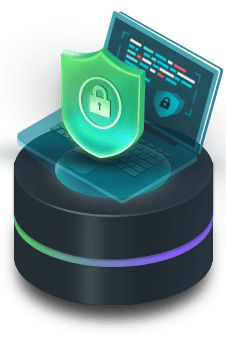

The transition towards remote work has undeniably introduced a newfound realm of flexibility for employees, enabling them to work from diverse locations. However, alongside this adaptability, organizations are encountering a myriad of security challenges that necessitate immediate attention. Safeguarding sensitive data has become a paramount concern, demanding robust cybersecurity measures and proactive strategies to mitigate potential risks. As companies navigate this evolving landscape, reinforcing their security protocols, implementing encryption technologies, and fostering a culture of vigilance among employees are imperative steps towards ensuring the protection of critical information in this increasingly digital age.


Staff with their various endpoints working in different locations result in additional security risks.
Remote workers are prime targets for phishingattacks, risking credential theft.
Not all employees are aware of cybersecurity bestpractices, creating gaps in security.
Personal devices and unsecured home networksoften lack necessary security measures.
Handling sensitive information outside secureenvironments raises the risk of data leakage.



To ensure a secure remote working environment, organizations must adopt robust endpoint security, email security, and effective cybersecurity awareness training.
This multi-layered approach safeguards sensitive data and promotes a culture of security among employees.
"*" indicates required fields